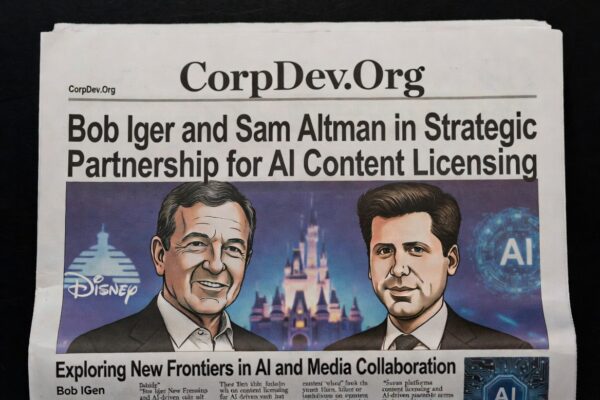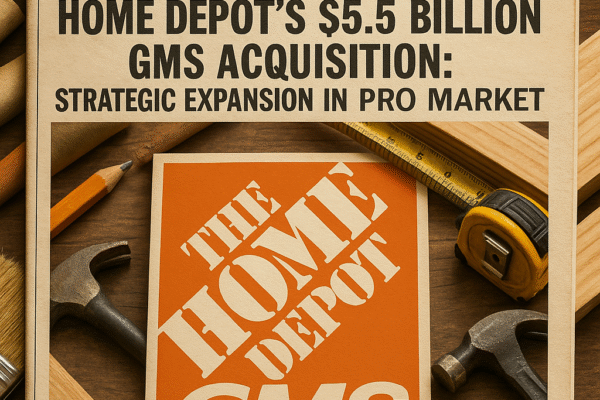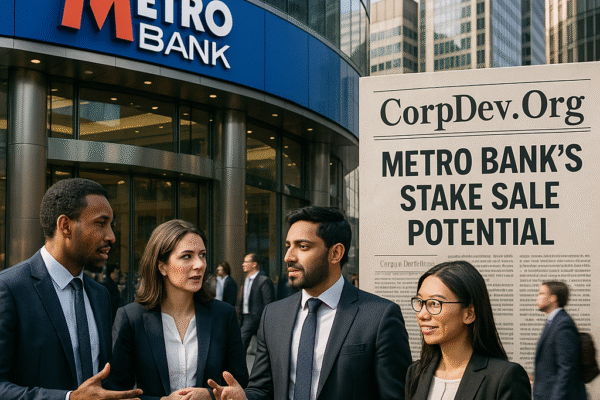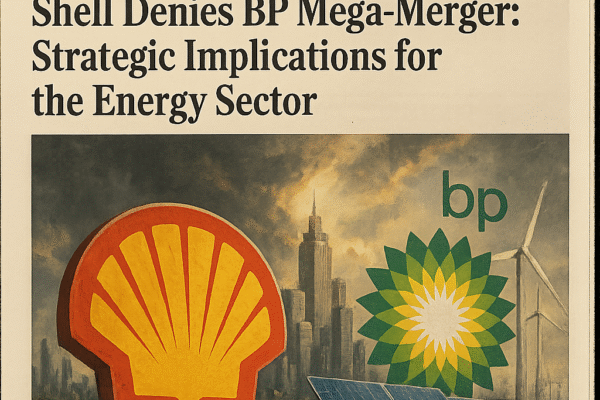BP’s decision to sell its Castrol lubricants division marks a pivotal moment in the energy giant’s strategic realignment, with Goldman Sachs managing a process that could fetch $8-10 billion for the premium brand[1][9]. This move forms part of BP’s broader $20 billion divestment program through 2027, driven by activist investor pressure and a renewed focus on core oil & gas operations[4][5][12]. The potential sale comes as Castrol India reports record revenues of ₹5,365 crore ($645 million) in 2024, demonstrating the unit’s strong market position despite BP’s corporate restructuring[8][13]. Saudi Aramco emerges as a leading contender for the acquisition, seeking to complement its 2023 Valvoline purchase and expand its lubricants footprint across Asian growth markets[14].
💼 Seasoned CorpDev / M&A / PE expertise
Strategic Context: BP’s Portfolio Optimization
Investor Pressures Catalyze Asset Rotation
Activist hedge fund Elliott Management’s $4.7 billion stake acquisition forced BP’s leadership to accelerate divestments, with Castrol identified as non-core despite generating $1 billion in annual EBITDA[5][14]. CEO Murray Auchincloss’ “fundamental reset” strategy reallocates capital from renewable energy projects to high-return upstream operations, requiring liquidity injections from asset sales[4][12]. The lubricants business sale follows BP’s February 2025 announcement to reduce net debt to $14-18 billion by 2027, with $3-4 billion in divestments targeted for 2025 alone[11].
Castrol’s Evolving Role in BP’s Ecosystem
Since acquiring Burmah Castrol for $4.73 billion in 2000, BP integrated the lubricants specialist into its downstream operations while maintaining brand autonomy[4]. However, the unit’s 6% revenue growth in 2024 contrasted with BP’s 25% stock decline over 12 months, highlighting strategic misalignment[8][9]. Castrol now represents 12% of BP’s downstream earnings but requires specialized R&D investments in EV fluids and industrial lubricants that conflict with corporate capital priorities[10].
Market Position: Castrol’s Competitive Landscape
Global Lubricants Market Dynamics
The $97.6 billion automotive lubricants sector (projected 2030 value) shows 5.3% CAGR, driven by Asia-Pacific demand and premium product growth[7]. Castrol holds 15% market share in passenger vehicle lubricants globally, competing with Shell’s Helix and ExxonMobil’s Mobil 1 brands[7][14]. In India – Castrol’s third-largest market – the subsidiary commands 23% of automotive lubricants through 100,000 retail touchpoints, delivering 9% YoY Q3 2024 revenue growth[13][15].
Technological Differentiation
Castrol’s R&D pipeline includes next-generation products like EV Transmission Fluids (EV TF) and data center immersion cooling solutions, requiring $150 million annual investment[10]. The company’s 2024 launch of Castrol ON EV Fluid demonstrates technological leadership but aligns poorly with BP’s reduced cleantech spending[4][10]. Industrial lubricants now constitute 28% of Castrol’s revenue mix, up from 19% in 2020, reflecting strategic diversification[8].
Potential Acquirers: Strategic Fit Analysis
Saudi Aramco’s Vertical Integration Play
The Saudi energy giant’s potential $10 billion bid would follow its $2.65 billion Valvoline acquisition, creating a lubricants powerhouse controlling 18% of global market share[14]. Aramco could leverage Castrol’s Indian infrastructure to bypass import duties, accessing a market where lubricant demand grows 7% annually[15]. Synergies with Aramco Trading Company’s distribution network might yield $300 million in annual cost savings through logistics optimization[14].
Private Equity Consortium Opportunities
KKR and Blackstone show interest in structuring a carve-out deal, attracted by Castrol’s 22% EBITDA margins and strong free cash flow conversion[8][13]. Financial sponsors could monetize Castrol India’s $2.5 billion market value through separate listing while restructuring European operations[15]. A leveraged buyout structure with 6x EBITDA leverage (total debt $6 billion) remains feasible given current interest rates[9].
Financial Implications: BP’s Balance Sheet Repair
Proceeds Allocation Strategy
The $8-10 billion transaction would immediately reduce BP’s net debt from $24.3 billion (Q1 2025) to $14-16 billion, approaching the $14-18 billion target range[9][11]. Management plans to allocate 50% of proceeds to share buybacks, potentially boosting EPS by 12% through reduced float[5][9]. Remaining funds would accelerate upstream projects like the Kaskida field development, requiring $3 billion in 2026 capex[12].
Valuation Benchmarks
Castrol’s implied 8-10x EBITDA multiple compares favorably to recent transactions:
| Transaction | EV/EBITDA | Date |
|---|---|---|
| Valvoline (Aramco) | 9.2x | 2023 |
| Shell Lubricants JV | 7.8x | 2024 |
| ExxonMobil Divestment | 6.5x | 2022 |
Industry premium reflects Castrol’s emerging market exposure and EV technology portfolio[7][14].
Industry Impact: Reshaping Lubricants Competition
Consolidation Wave Acceleration
BP’s exit triggers sector realignment as Shell considers merging its lubricants division with TotalEnergies’ operations[7]. Independent players like Fuchs Petrolub face margin pressure, with 60% of lubricants profits now concentrated in four majors post-transaction[14]. Electric vehicle fluid development costs ($80 million per product line) necessitate scale, favoring integrated operators[10].
Supply Chain Reconfiguration
Castrol’s 12 global blending plants and 350 distributors face integration challenges, particularly in overlapping markets like Germany where Aramco lacks infrastructure[11][14]. The transaction may spur raw material hedging activity, with base oil futures volume up 17% since deal rumors emerged[7]. OEM partnerships with BMW and Ford require renegotiation under new ownership to maintain 45% of Castrol’s B2B revenue[8][10].
Conclusion: Strategic Inflection Point
BP’s Castrol divestment exemplifies energy majors’ portfolio optimization strategies amid conflicting stakeholder demands. The transaction’s success hinges on achieving premium valuation while maintaining operational continuity during transition. For acquirers, Castrol offers
Sources
https://seekingalpha.com/news/4451562-bp-seeks-buyers-for-castrol-lubricants-unit-to-reach-20b-divestment-goal-reuters, https://www.marketscreener.com/quote/stock/BP-PLC-9590188/news/BP-Seeking-Buyers-for-Castrol-Unit-as-Part-of-Divestment-Plan-50039762/, https://bobistheoilguy.com/forums/threads/bp-considers-sale-of-castrol.392559/, https://www.fuelsandlubes.com/bp-considers-castrol-sale-as-focus-returns-to-oil-and-gas/, https://www.ttnews.com/articles/bp-sale-castrol-lubricants, https://www.mobilityplaza.org/news/40434, https://www.businesswire.com/news/home/20220726005781/en/Global-Automotive-Lubricants-Market-to-2030---Featuring-Castrol-Gulf-Oil-International-and-Shell-International-Among-Others---ResearchAndMarkets.com, https://www.castrol.com/en_in/india/home/about-castrol/newsroom/cil-records-highest-ever-revenue.html, https://www.webull.com/news/12861984065864704, https://www.bp.com/en/global/corporate/news-and-insights/press-releases/bp-launches-strategic-review-of-global-lubricants-business.html, https://www.rigzone.com/news/bp_plans_34b_of_divestments_this_year-29-apr-2025-180369-article/, https://jobbersworld.com/2025/02/26/bp-is-fundamentally-resetting-its-strategy-including-a-strategic-assessment-of-its-castrol-global-lubricants-division/, https://www.castrol.com/en_in/india/home/about-castrol/newsroom/castrol-india-limited-3q-2024-results.html, https://www.capitalbrief.com/briefing/saudi-aramco-considering-bid-for-bps-castrol-bloomberg-ffac3017-2e55-4260-bf86-0da12ae8ff4d/, https://www.business-standard.com/industry/news/bp-to-sell-stake-in-castrol-india-as-part-of-global-strategic-review-125022700855_1.html





